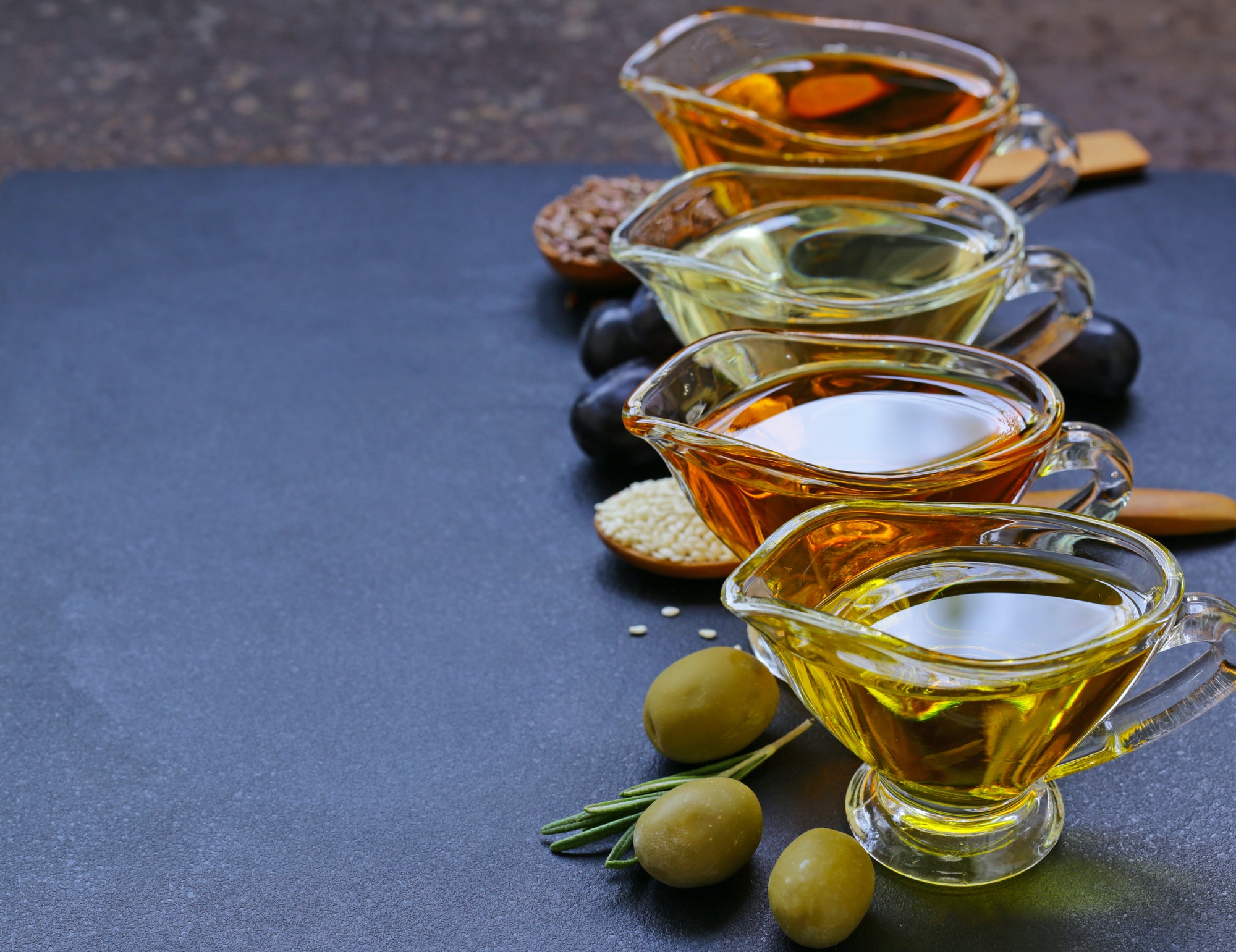Whether you’re sautéing veggies, baking cakes, or making salad dressings, adding oils brings flavor. But with so many options lining grocery store shelves, how do you choose?
Understanding the qualities of common vegetable oils makes it easier to pick the right one for different cooking methods and cuisines. In this guide, we’ll explore 10 popular types of vegetable oils, their flavor profiles, smoke points, and best uses. Read on to become an oil expert!
Olive Oil
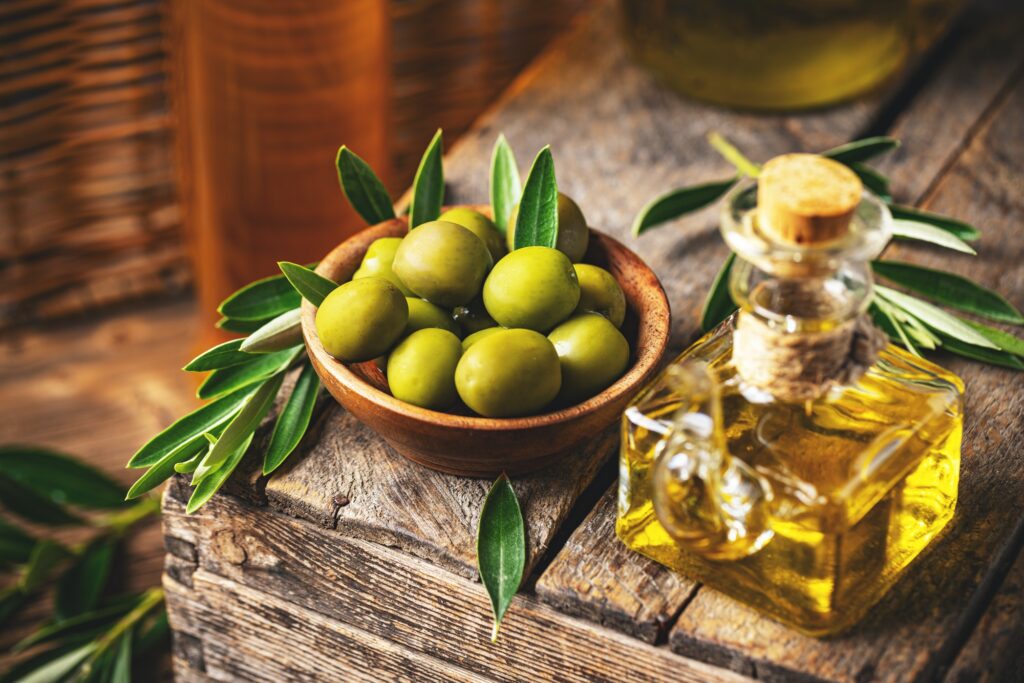
Hailed as the healthiest oil option, extra virgin olive oil shines in bold, fruity flavors. Production methods preserve delicate fruit notes ranging from grassy and herbaceous to notes of almond, apple, or green tomato depending on the olive variety.
With a relatively low smoke point of 325°F – 375°F, save unrefined extra virgin olive oil for dressings, dips, and gentle sautéing. For higher heat cooking, choose an oil with a higher smoke point or use refined olive oil which stands up to temperatures around 465°F.
Best uses: Salads, bread dipping oils, light sautéing
Avocado Oil
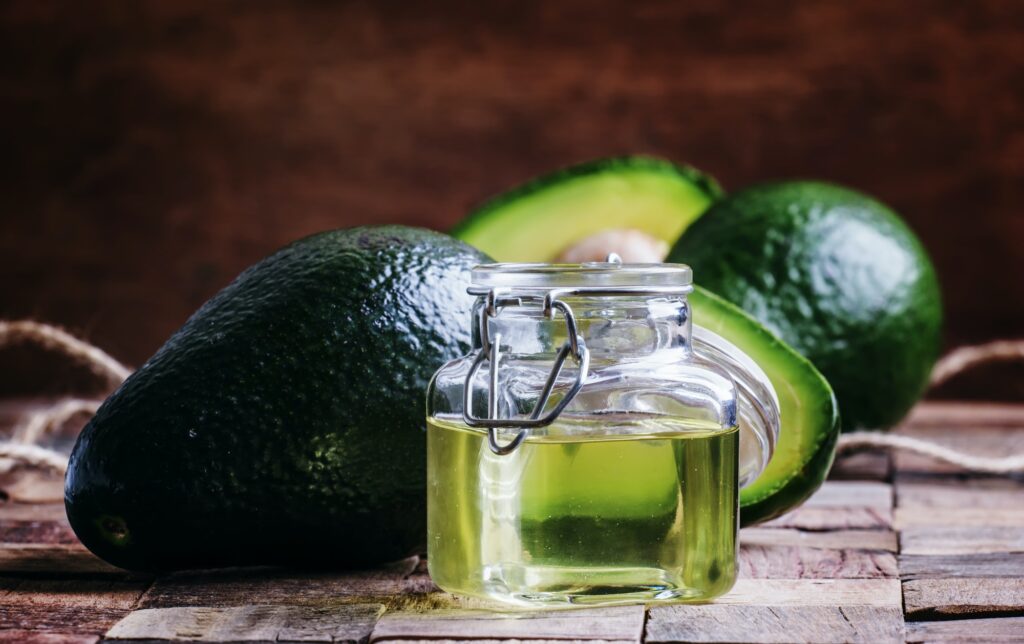
Pressed from the fleshy pulp surrounding avocado pits, avocado oil has a mild, buttery flavor. It’s often compared to a mellower olive oil in terms of taste.
With a sky-high smoke point between 375°F and 520°F, avocado oil excels for searing, stir-frying, or grilling meats and veggies at high temperatures without burning. Its neutral flavor also won’t compete with other ingredients. For dressings and dips, blend with bolder oils.
Best uses: High-heat cooking, grilling, searing
Coconut Oil
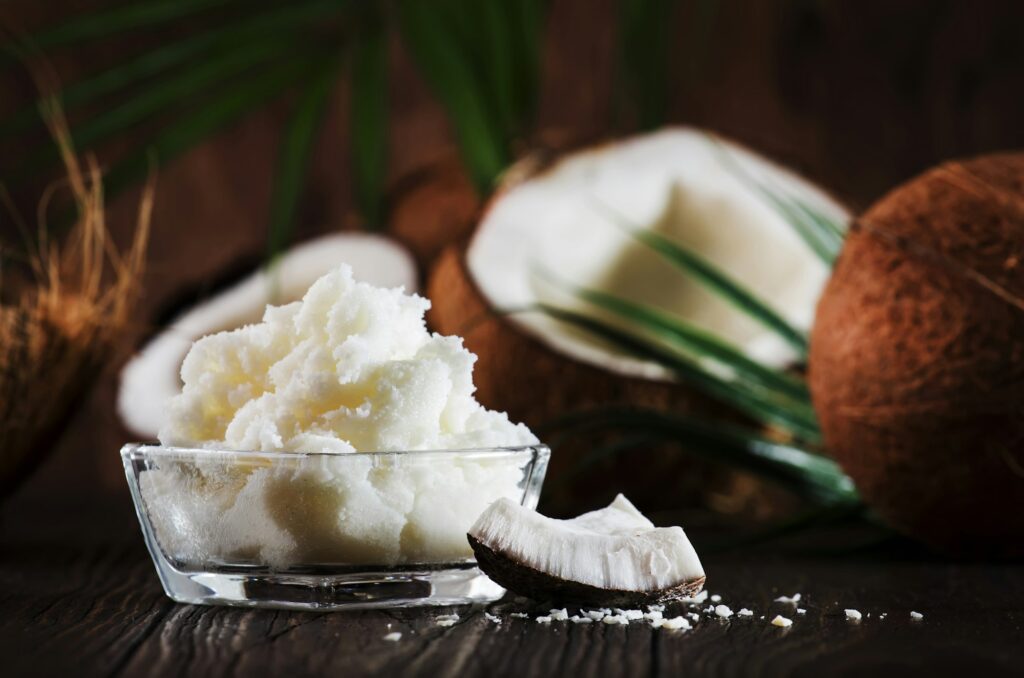
Coconut oil offers a mildly tropical, coconutty essence. Unrefined or virgin coconut oil delivers a more pronounced flavor. It works well in Thai and Indian dishes featuring coconut milk.
With a smoke point of 350°F, coconut oil holds up to light sautéing, baking, and stir-fries but can burn above medium-high heat. For deep frying and very high-temperature cooking, use refined coconut oil which can handle temperatures up to 450°F.
Best uses: Baking, light sautéing, Southeast Asian cuisine
Vegetable Oil
As a catch-all name for oil extracted from various seeds, beans, and nuts, vegetable oil varies widely in terms of exact source, flavor, and smoke point. Soybean oil accounts for over 70% of commercial vegetable oil in the U.S.
On its own, vegetable oil tastes mild and neutral. Brands like Crisco pride themselves on minimal flavor interference. Highly refined versions excel for frying and ensure other ingredients shine through. Check labels for source, smoke points around 450°F, and “fully hydrogenated” for increased stability.
Best uses: Baking, frying, general cooking
Canola Oil
Canola oil comes from rapeseeds specially bred to remove unhealthy erucic acid. The name “canola” even stems from “Canadian oil, low acid.” Compared to vegetable oil, canola oil offers higher levels of monounsaturated fats similar to olive oil.
This versatile, neutral-flavored oil works for light sautéing, baking, marinades, and dressings. With a smoke point between 375°F and 450°F, it can handle most cooking methods aside from deep frying.
Best uses: Stir frying, baking, salad dressings
Peanut Oil
Thanks to its high levels of heart-healthy monounsaturated fats similar to olive oil, peanut oil earns high marks in terms of nutrition. Flavor-wise, it boasts a distinctive nutty essence.
With a wide smoke point range between 320°F and 450°F, peanut oil works nicely for light sautéing or stir frying. At the same time, refined peanut oil withstands the demands of deep frying.
Best uses: Stir fries, frying, Asian cuisine
Sesame Oil
Pressed from tiny sesame seeds, toasty sesame oil provides a big, bold flavor inspired by Chinese, Japanese, and Korean cuisine. Use it judiciously as a little goes a long way.
Unrefined sesame oil offers a bolder aroma and flavor crucial for finishing dishes like fried rice or noodles. Refined sesame oil has a higher smoke point around 450°F but loses some signature character.
Best uses: Finishing oil, light sautéing, Asian dishes
Grapeseed Oil
Grapeseed oil offers clean, neutral flavor plus the bonus of high heat tolerance. With very little saturated fat and a smoke point range from 390°F to 475°F, it outperforms many other oils for frying and oven cooking.
Grapeseed has become a popular choice for searing meats before a meal or using high-heat methods like grilling and broiling. A touch of grapeseed oil also works nicely in vinaigrettes and mayonnaise without altering other flavors.
Best uses: Searing, grilling, broiling, vinaigrettes
Walnut Oil
Walnut oil boasts a bold, nutty essence so appetizing you may be tempted to drink it from a shot glass! Cold-pressed from walnut kernels, it contains high levels of omega-3 fatty acids associated with heart health.
Best used for drizzling and dressings, walnut oil has a low smoke point between 320°F and 356°F. When cooking with it, stick to gentle heating to preserve its nutritional quality and prevent bitterness.
Best uses: Salad dressings, drizzling, dips
Sunflower Seed Oil
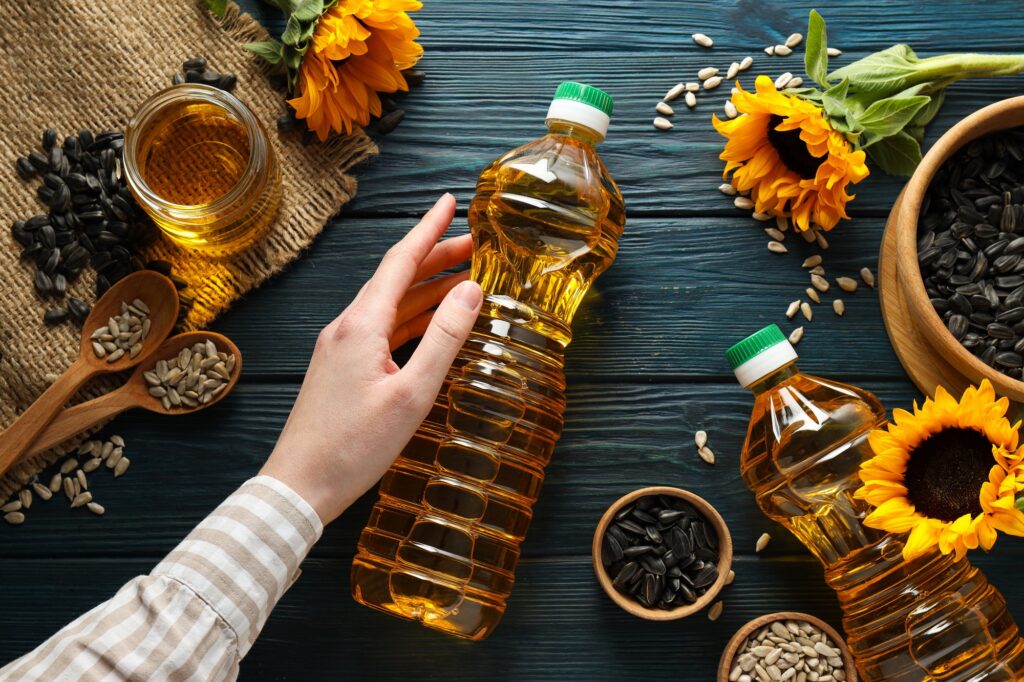
Thanks to a neutral flavor profile and budget-friendly price, sunflower oil appeals as an all-purpose option. Manufacturers also market it as a healthy oil citing high levels of vitamin E and monounsaturated fats.
With a smoke point from 440°F to 450°F, sunflower oil works nicely for light sautéing or baking up to medium-high heat. For deep frying and very high temperatures, opt for high oleic sunflower oil which can handle up to 490°F.
*Best uses: Light sautéing, baking
Key Takeaways
- Olive, avocado, peanut, and walnut oils provide bold flavor important for dressings and finishing dishes
- Refined avocado, coconut, vegetable, canola, peanut, and sunflower oils work well for frying and high-heat cooking methods
- Grapeseed, vegetable, canola, and sunflower oil offer more neutral profiles good for general cooking
- Know oil smoke points and select ones optimal for different cooking techniques
- Sesame oil packs big flavor so use it sparingly as a finishing oil
Frequently Asked Questions
What’s the healthiest cooking oil?
While no oil is truly “healthy” in unlimited quantities, olive, and avocado oil contain high levels of monounsaturated fats associated with heart health when used in moderation.
What oil has the highest smoke point?
Avocado and grapeseed oil have the highest smoke points, so they work well for high-heat cooking methods like frying, sautéing, grilling, and broiling.
What oil is best for baking?
Neutral-flavored oils like canola, vegetable, or sunflower oil allow other ingredients to shine in baked goods recipes. You can also use coconut oil for a subtle tropical essence.
Should I buy refined or unrefined oils?
For high-heat cooking, refined oils have higher smoke points. For dressings and dishes where you want bolder oil flavor, choose unrefined virgin or extra virgin oils.
What oil should I use to fry food?
Look for high oleic oils able to withstand very high temperatures like avocado, peanut, high oleic sunflower and high oleic safflower oil. Oils high in saturated fats like coconut oil also resist breakdown at frying temperatures.
Final Thoughts
Expanding your oil flavor vocabulary opens up new culinary horizons. By mastering the unique essences and cooking properties
